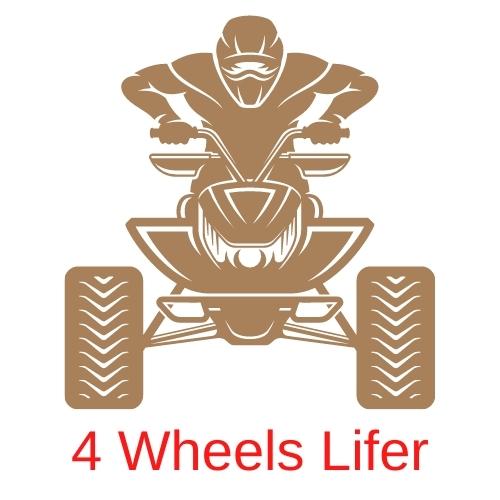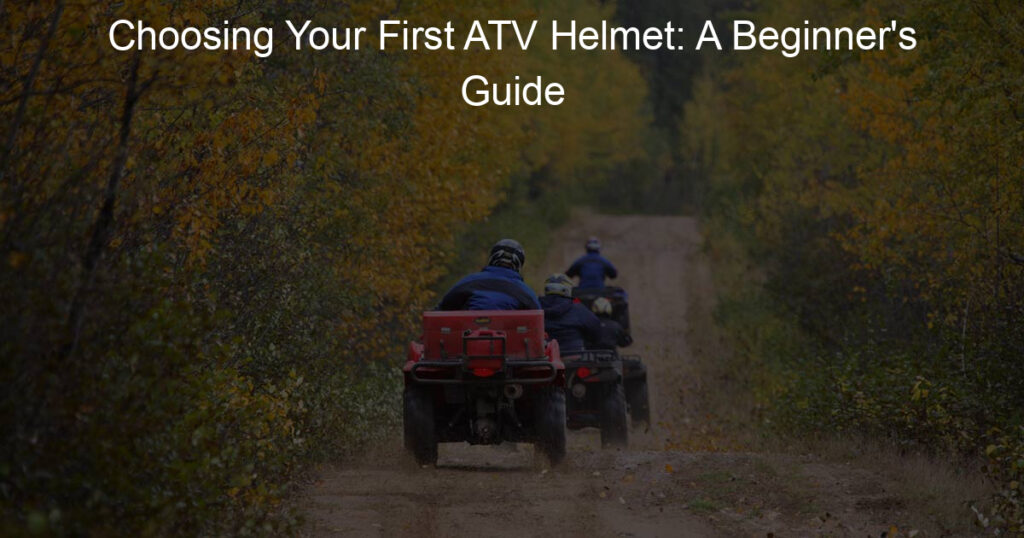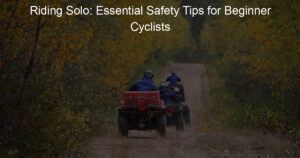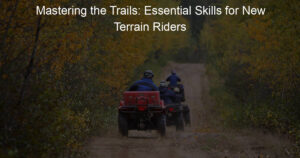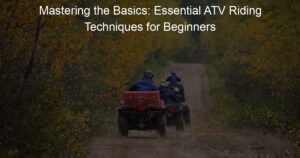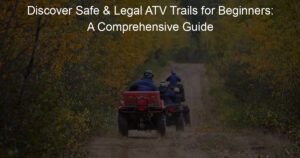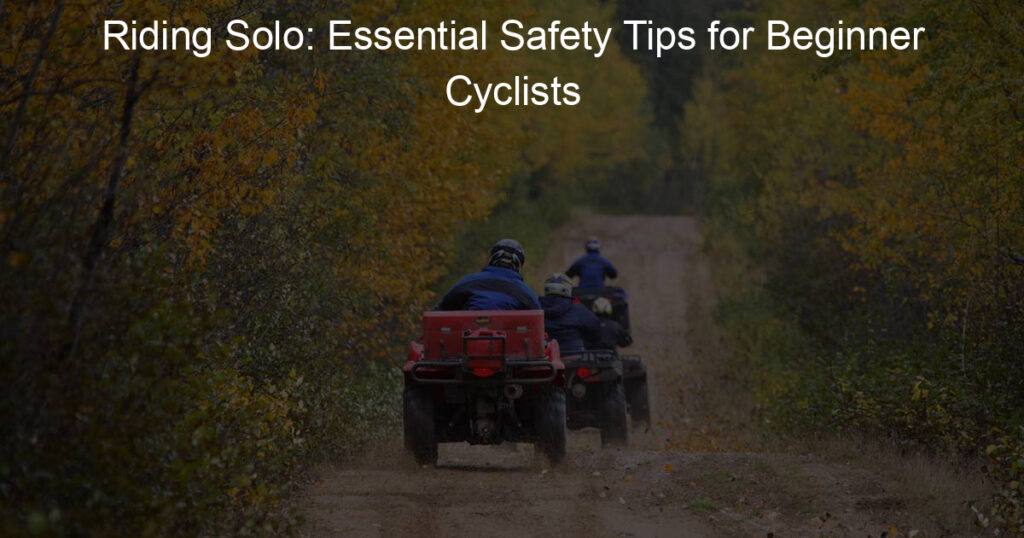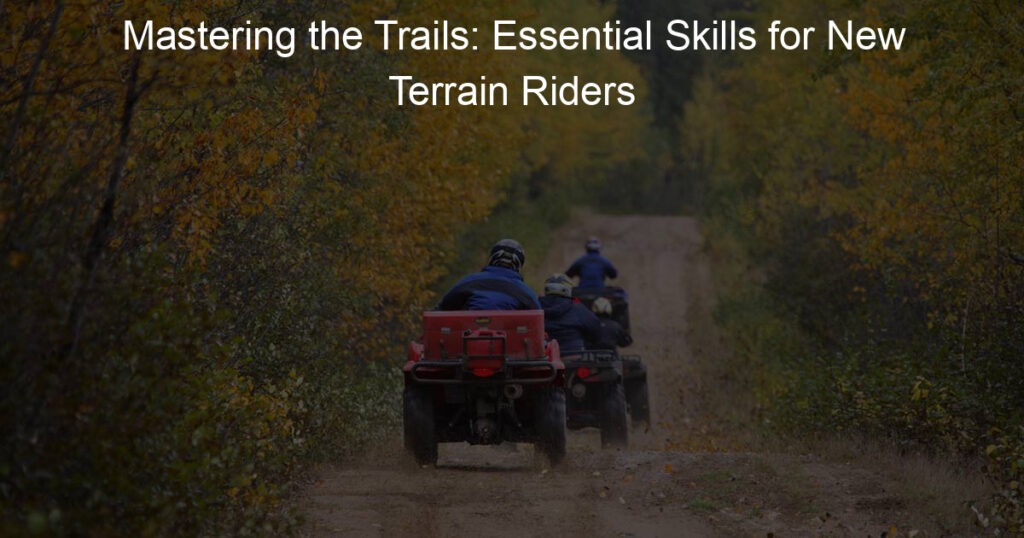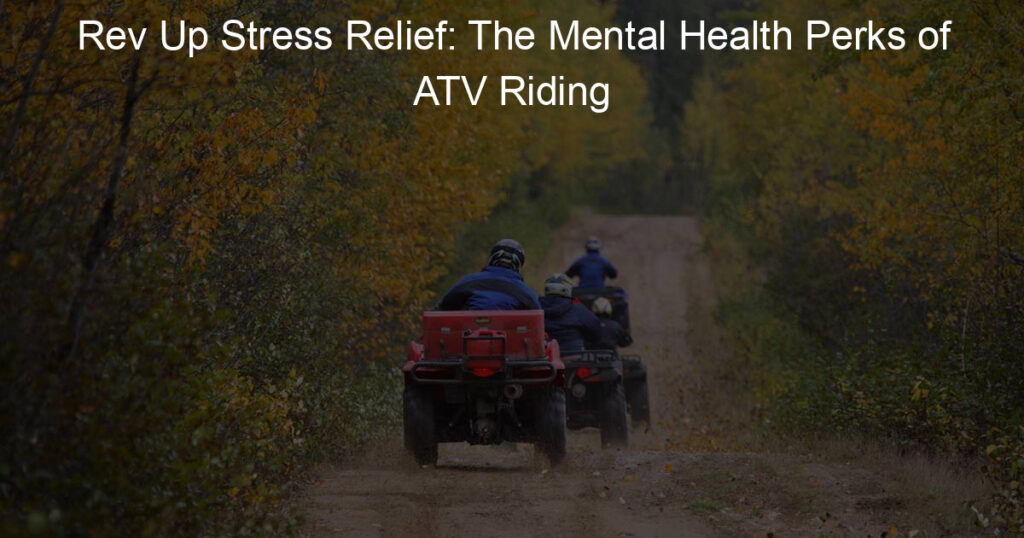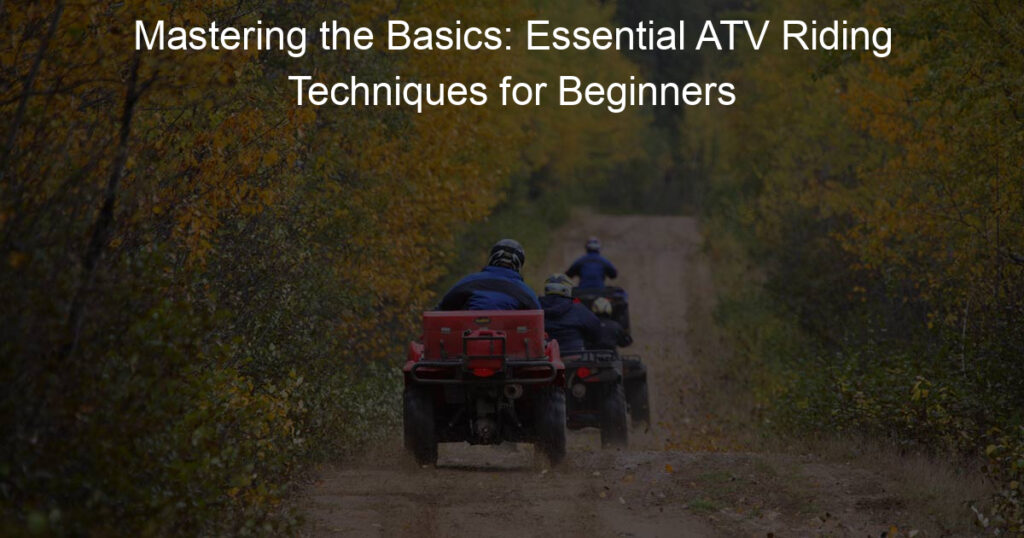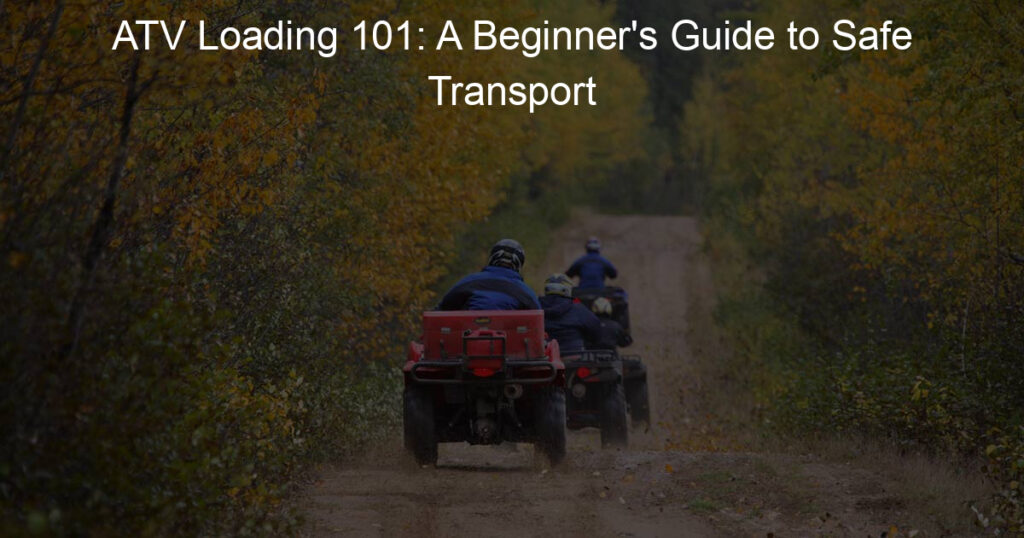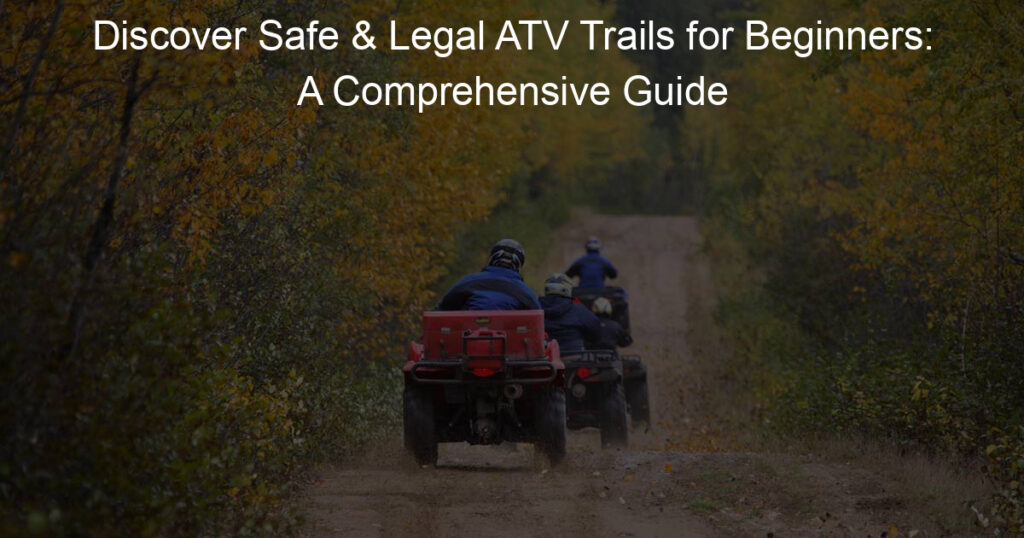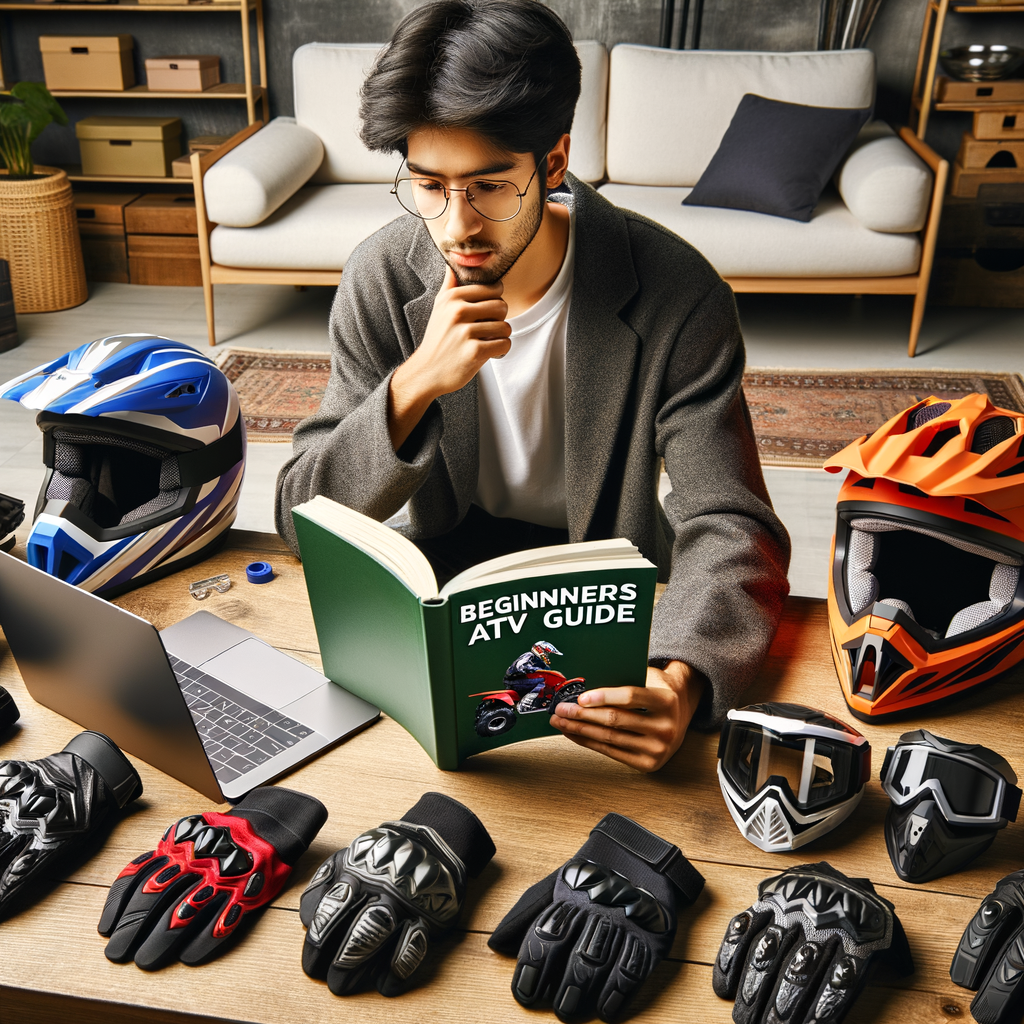
Introduction to Beginners ATV Helmet Guide
Welcome to our beginners guide on ATV helmets. This guide is designed to provide you with the essential knowledge you need to make an informed choice when purchasing your first ATV helmet. We will cover the importance of ATV safety gear and help you understand the basics of ATV helmets.
- Importance of ATV Safety Gear
- Understanding the Basics of ATV Helmets
ATV riding is an exciting and thrilling activity. However, it can also be dangerous if you don’t take the necessary precautions. One of the most critical aspects of ATV riding is wearing the right safety gear. According to the Consumer Product Safety Commission, approximately 93,800 ATV-related injuries were treated in U.S. hospital emergency rooms in 2017. Many of these injuries could have been prevented with the use of proper safety gear.
ATV safety gear includes items like gloves, boots, chest protectors, and most importantly, helmets. Helmets are essential as they protect your head, which is the most vulnerable part of your body in the event of a crash. A helmet can significantly reduce the risk of serious injury or even death.
ATV helmets are designed specifically to provide protection during off-road riding. They cover your entire head and have special features like a chin bar and a visor. The chin bar protects your face from impact, while the visor shields your eyes from dirt and debris.
ATV helmets are made from materials like polycarbonate, carbon fiber, and fiberglass. These materials are strong and lightweight, making them ideal for helmet construction. The inside of the helmet features a layer of EPS (expanded polystyrene) foam. This foam absorbs impact energy during a crash, protecting your brain.
It’s important to choose a helmet that fits properly. A helmet that is too loose can come off during a crash, while a helmet that is too tight can cause discomfort. To find the right size, measure the circumference of your head at the widest point above your eyebrows and ears.
Choosing an ATV Helmet: Things to Consider
When it comes to ATV riding, safety should be your top priority. One of the most important pieces of safety gear is the helmet. But how do you choose the right one? Here are some key factors to consider:
- Helmet Size and Fit
- Helmet Safety Standards
- Helmet Material and Construction
- Helmet Style and Design
The size and fit of your helmet is crucial. A helmet that is too big may slide around on your head, reducing its effectiveness. On the other hand, a helmet that is too small may be uncomfortable and may not provide adequate protection. Measure your head circumference at the widest point above your ears and eyebrows to find your helmet size. Most helmet manufacturers provide a size chart, so you can find the perfect fit.
Not all helmets are created equal when it comes to safety. Look for helmets that meet or exceed safety standards set by organizations like the Department of Transportation (DOT) and the Snell Memorial Foundation. These helmets have been tested for their ability to withstand impacts and protect the wearer’s head.
The material and construction of a helmet can greatly affect its safety and comfort. Helmets are typically made from materials like polycarbonate, fiberglass composite, or carbon fiber. Polycarbonate is the least expensive but may not provide the same level of protection as the other materials. Fiberglass composite and carbon fiber are more expensive but offer superior protection and are lighter, making them more comfortable for long rides.
While safety should be your main concern, the style and design of your helmet are also important. You’ll want a helmet that you feel good wearing. Consider factors like color, graphics, and whether the helmet has a face shield or not. Remember, a helmet that you like and feel comfortable in is a helmet you’ll be more likely to wear.
Choosing the right ATV helmet involves considering these four factors: size and fit, safety standards, material and construction, and style and design. By taking the time to find a helmet that meets all these criteria, you’ll be ensuring your safety while enjoying your ATV riding adventures.
Perfect ATV Helmet: Features to Look For
When it comes to choosing the perfect ATV helmet, there are several features you should consider. These features not only ensure your safety but also enhance your riding experience. Let’s explore these features in detail.
- Comfort and Fit
- Visibility
- Ventilation
- Weight
- Additional Features
The comfort and fit of an ATV helmet are crucial. A helmet that doesn’t fit properly can be uncomfortable and may not provide the necessary protection. Look for a helmet that fits snugly around your head and doesn’t move around when you shake your head. The interior padding should be soft and comfortable, absorbing sweat and providing a cushion against impacts.
Visibility is another key feature to look for in an ATV helmet. The helmet should provide a wide field of vision, allowing you to see clearly in all directions. The visor should be clear and free from distortions. Some helmets come with anti-fog and anti-scratch visors, which can be beneficial in different riding conditions.
Proper ventilation is essential in an ATV helmet. It helps to keep you cool and comfortable during long rides. Look for helmets with multiple vents that allow for airflow. Some helmets even have adjustable vents, allowing you to control the amount of air that comes in.
The weight of the helmet is another important factor to consider. A heavy helmet can cause neck strain and fatigue, making your ride less enjoyable. Look for a helmet that is lightweight yet sturdy. Remember, a lighter helmet doesn’t necessarily mean it’s less protective. Many lightweight helmets are made from high-quality materials that provide excellent protection.
Additional features can enhance the functionality of an ATV helmet. These may include a quick-release buckle for easy removal, a removable and washable liner for easy cleaning, and a sun visor for protection against the sun. Some helmets also come with communication systems that allow you to stay connected with your fellow riders.
In conclusion, the perfect ATV helmet should be comfortable, provide good visibility, have proper ventilation, be lightweight, and have additional features that enhance its functionality. Remember, your safety is paramount, so take your time to choose the right helmet.
ATV Helmet for Beginners: Top Picks
Choosing the right ATV helmet can be a daunting task, especially for beginners. But don’t worry, we’ve done the hard work for you. Here are our top picks for the best ATV helmets for beginners.
Best ATV Helmets: Reviews and Comparisons
Let’s take a closer look at each helmet, its features, and why it made our top picks list.
- Helmet 1: XYZ Off-Road Helmet
The XYZ Off-Road Helmet is a great choice for beginners due to its comfortable fit and excellent safety features. It comes with a fully adjustable visor and chin strap for a custom fit. The helmet also has a high-density EPS liner for maximum impact protection. Plus, it’s lightweight, so it won’t weigh you down during your ride.
- Helmet 2: ABC ATV Helmet
The ABC ATV Helmet is another excellent choice for beginners. It features a durable polycarbonate shell and a removable and washable liner for easy cleaning. The helmet also has a quick-release buckle for easy on and off. Its ventilation system ensures you stay cool during your ride.
- Helmet 3: DEF Pro-Rider Helmet
The DEF Pro-Rider Helmet is perfect for those who are just starting out. It offers a snug fit and superior comfort with its padded liner. The helmet also features a wide field of view and a scratch-resistant visor. Its aerodynamic design reduces wind noise and drag, enhancing your riding experience.
Remember, safety should always be your top priority when riding an ATV. Choose a helmet that fits well, offers excellent protection, and is comfortable to wear. Happy riding!
ATV Safety Gear: Other Essential Items
While helmets are crucial for ATV safety, there are several other essential items that you should consider to ensure maximum protection. These items not only safeguard you from potential injuries but also enhance your overall riding experience. Let’s discuss each of these items in detail:
- Gloves
Gloves are a must-have for any ATV rider. They protect your hands from blisters and cuts, and provide a better grip on the handlebars. Gloves made from durable materials like leather or synthetic fabrics are recommended. They should fit snugly but comfortably, allowing for full movement of your fingers.
- Boots
ATV riding requires sturdy boots to protect your feet and ankles. These boots should be high enough to cover your ankles, and have a hard toe box to protect against rocks and other debris. Look for boots with deep tread patterns for better traction on muddy or slippery surfaces.
- Jackets
A good ATV riding jacket offers protection against wind, rain, and cold. It should also have padding or armor in key areas like the back, shoulders, and elbows to protect against falls. Some jackets also come with reflective strips for better visibility in low light conditions.
- Goggles
Lastly, goggles are another essential piece of ATV safety gear. They protect your eyes from dust, debris, and wind, and help to improve visibility. Look for goggles that fit well with your helmet, and have anti-fog and UV protection features.
In conclusion, while helmets are the most important piece of safety gear for ATV riders, other items like gloves, boots, jackets, and goggles play a crucial role in ensuring a safe and enjoyable riding experience. Remember, safety should always be your top priority when riding an ATV.
Off-Road Helmets for Beginners: Special Considerations
When you’re just starting out with off-road riding, it’s crucial to have the right gear. Your helmet, in particular, can make a significant difference in your safety and comfort. Let’s look at some special considerations for beginners choosing off-road helmets.
- Off-road vs On-road helmets
- Special features in off-road helmets
- Extended Chin Guard: This feature offers extra space in front of your face, allowing for better airflow and easier breathing during intense rides.
- Visor: A visor helps block the sun and deflect debris. It’s usually adjustable, allowing you to change its position based on the sun’s location and your riding conditions.
- Goggle Compatibility: Since off-road helmets don’t have built-in face shields, they are designed to be worn with goggles. Make sure the helmet you choose is compatible with the goggles you plan to use.
- Superior Ventilation: Off-road riding can be physically demanding, leading to more sweating. Helmets designed for off-road use often have more and larger vents to keep you cool.
While both off-road and on-road helmets provide protection, they are designed differently to cater to the unique challenges of each riding environment. Off-road helmets typically have a more aggressive design, with a pronounced chin bar and no face shield, relying instead on goggles for eye protection. This design provides better ventilation, which is essential for the strenuous nature of off-road riding.
On the other hand, on-road helmets, also known as street helmets, have a sleek design with built-in face shields and less ventilation. They are optimized for higher speeds and longer rides on smooth surfaces. While they can be used off-road, they may not provide the same level of comfort and functionality as a dedicated off-road helmet.
Off-road helmets come with a range of special features designed to enhance safety and comfort. Here are a few you should look out for:
Remember, the right helmet can significantly enhance your off-road riding experience. So, take your time, do your research, and choose a helmet that best fits your needs and riding style.
ATV Riding Tips for Beginners
ATV riding is a thrilling and adventurous activity that can provide a lot of fun. However, it’s important to keep in mind that safety should always come first. Here are some essential tips for beginners to ensure a safe and enjoyable ATV riding experience.
- Always Wear Safety Gear
- Learn Basic Riding Techniques
- Understand Your ATV’s Capabilities
- Respect the Environment
One of the most important tips for ATV riding is to always wear safety gear. This includes a helmet, gloves, boots, and protective clothing. A helmet is crucial as it protects your head from potential injuries. Gloves provide a good grip, while boots and protective clothing shield your body from scratches and bruises. Remember, safety should never be compromised.
Before you start riding, it’s essential to learn basic riding techniques. This includes understanding how to balance, steer, and control the speed of your ATV. You should also learn how to navigate different terrains and weather conditions. Practice makes perfect, so take your time to master these techniques before hitting the trails.
Every ATV is different, and understanding your ATV’s capabilities can greatly enhance your riding experience. Know the limits of your ATV, such as its maximum speed and the type of terrains it can handle. This will help you avoid pushing your ATV beyond its limits, which could lead to accidents.
ATV riding can have an impact on the environment. Therefore, it’s important to respect the environment while riding. Stick to designated trails and avoid riding on sensitive areas like wetlands or wildlife habitats. Also, make sure to clean up after yourself and leave no trace behind.
In conclusion, ATV riding is an exciting activity, but it’s important to prioritize safety and respect for the environment. By following these tips, beginners can enjoy a safe and responsible ATV riding experience.
ATV Gear for Beginners: Final Thoughts
As we wrap up our comprehensive guide on ATV gear for beginners, there are a few key takeaways we’d like to emphasize. These points are not just about making your ride more enjoyable, but also about ensuring your safety and longevity in this thrilling sport.
- Importance of Investing in Quality Gear
- Remembering Safety is Paramount
- Enjoying the Ride
One of the most important lessons for any beginner is to invest in quality gear. While it may be tempting to go for cheaper options, remember that your gear is your first line of defense against potential injuries. High-quality gear, while often more expensive, is designed to provide superior protection and durability. For instance, a good ATV helmet can significantly reduce the risk of head injuries, which account for approximately 27% of all ATV-related injuries according to a study by the U.S. Consumer Product Safety Commission.
Safety should always be your top priority when riding an ATV. This means not only wearing the right gear but also learning and following proper riding techniques. According to the ATV Safety Institute, riders who take a hands-on safety course have a significantly lower risk of injury. So, invest time in learning how to ride safely – it’s just as important as investing in quality gear.
Lastly, remember that ATV riding is all about enjoying the ride. Yes, it’s important to take safety precautions and invest in the right gear, but don’t let these considerations overshadow the fun and excitement of the ride. Whether you’re cruising through a forest trail or tackling a challenging off-road course, the joy of ATV riding comes from the thrill of the ride itself.
In conclusion, starting your ATV riding journey is an exciting time, but it’s crucial to make informed decisions about your gear and safety practices. By investing in quality gear, prioritizing safety, and remembering to enjoy the ride, you’ll set yourself up for a rewarding and thrilling experience in the world of ATV riding.
